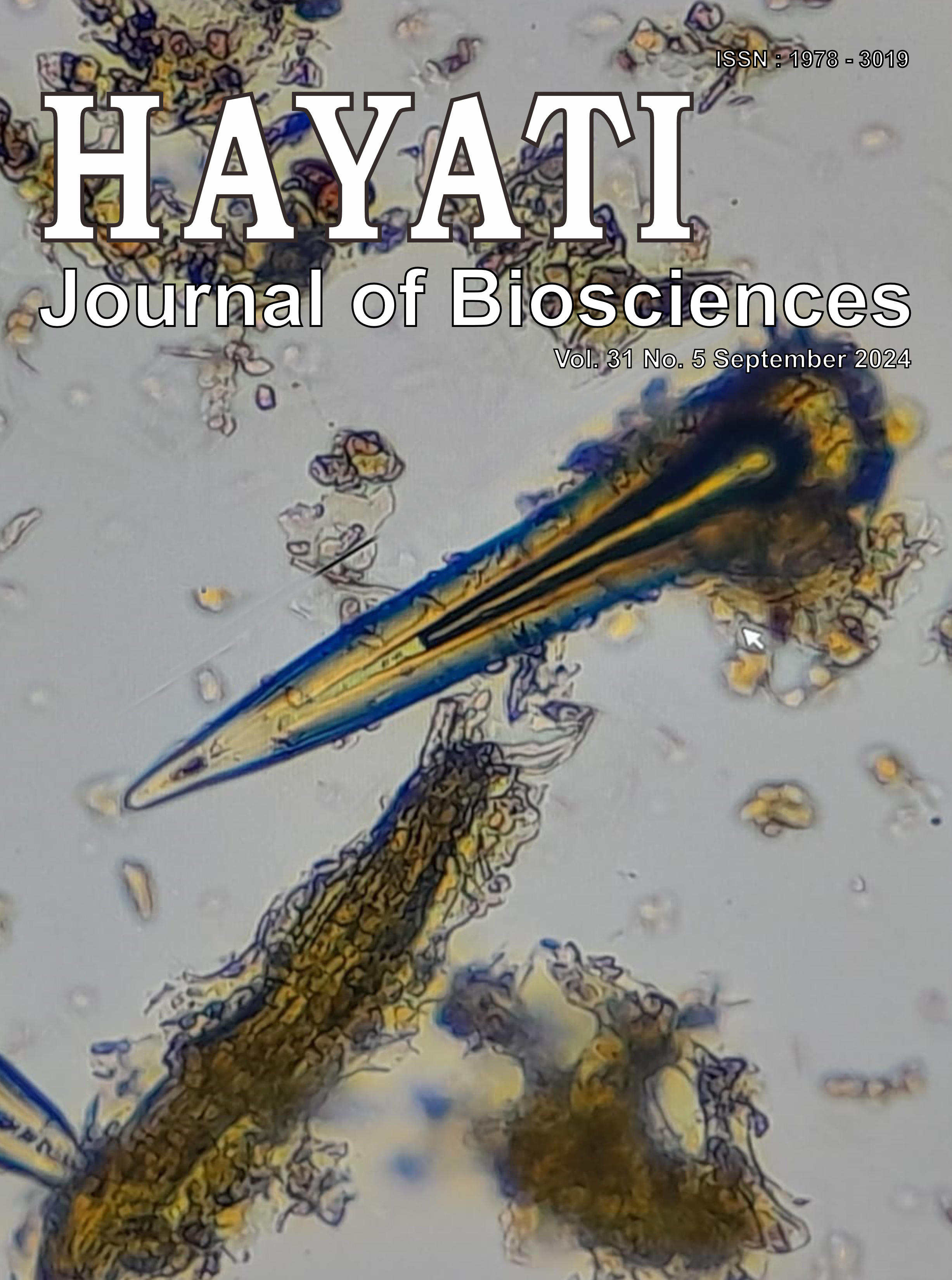Pharmacognostic Evaluation and Antioxidant Activities of Tetracera indica (Christm. and Panz.) Merr
Abstract
The community uses Tetracera indica (Christm. and Panz.) Merr extensively as a traditional medicine. This plant was the main source of raw materials for herbal medicinal products, so identification was needed to ensure its authenticity through pharmacognosy evaluation. The present study evaluated macros- and microscopic characteristics, performed phytochemical analysis, and performed total phenolic (TPC) and flavonoid content (TFC) analysis. The organoleptic and macroscopic studies were carried out through sensory organs. The microscopic characteristics of leaf powder and twigs identification using chloral hydrate and distilled water. Numerous chemical reagents, TLC methods and LC-MS/MS analysis were employed in the phytochemical study. Research employed DPPH and FRAP tests to assess the antioxidant activity. Furthermore, quercetin was used as a marker of antioxidant activity. The morphological marker of the leaf T. indica showed the surface of the leaves is rough bristles, shape elliptic-oblong, margin serratus and phyllotaxy alternate. The stem is lignosus, and the rough stem surface is slightly peeling. The lower leaf surface had paracytic stomata and uniseriate trichomes with tapering ends. Raphide crystals and cork cells were detected in the powder analysis of the twigs. The ethyl acetate extract's twig had the highest TPC and TFC values. Ethyl acetate extract from Tetracera indica twigs has potent antioxidant activity with IC50 = 99.84±0.011 µg/ml (DPPH) and 4296.67±0.024 mol/g (FRAP). The study showed that Tetracera indica contains possible active components that could be developed as novel antioxidants. The result of this study might provide early verification and identification to obtain quality medicinal raw materials.
Downloads
Copyright (c) 2024 Vera Ladeska, Berna Elya, Muhammad Hanafi, Kusmardi, Siti Saudah Rohmat

This work is licensed under a Creative Commons Attribution-NonCommercial 4.0 International License.
HAYATI J Biosci is an open access journal and the article's license is CC-BY-NC. This license lets others distribute, remix, tweak, and build upon author's work, as long as they credit the original creation. Authors retain copyright and grant the journal/publisher non exclusive publishing rights with the work simultaneously licensed under a https://creativecommons.org/

























.png) IPB University
IPB University Department of Biology
Department of Biology The Indonesian Biological Society
The Indonesian Biological Society 

